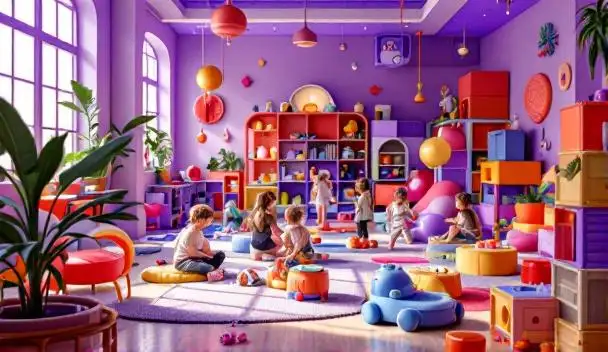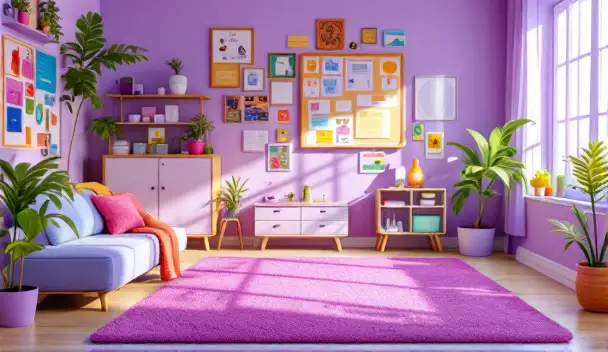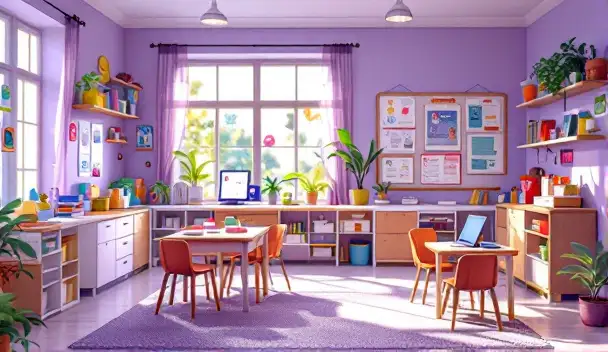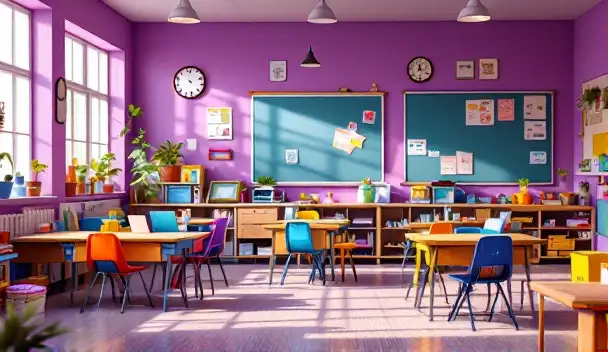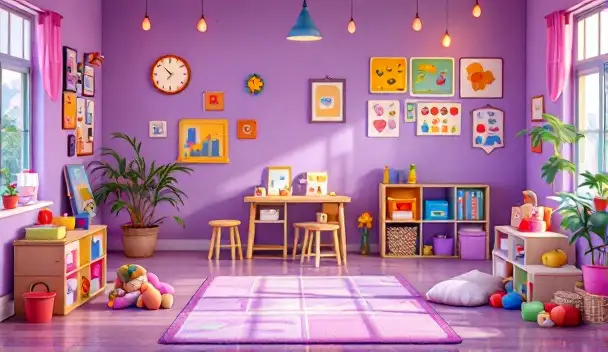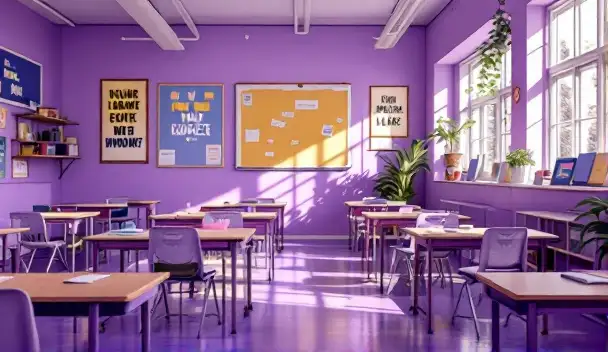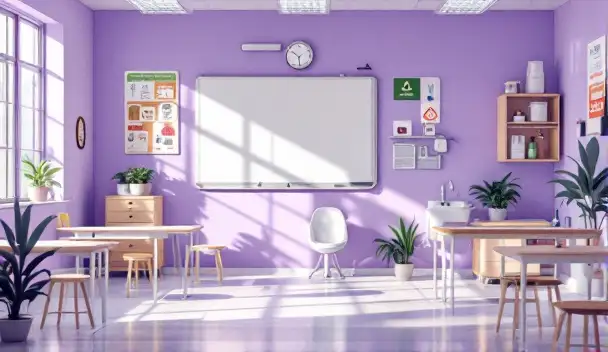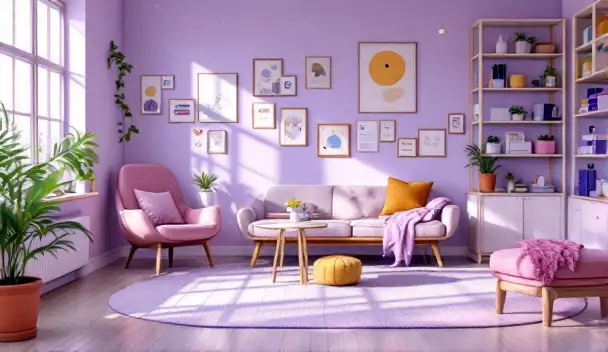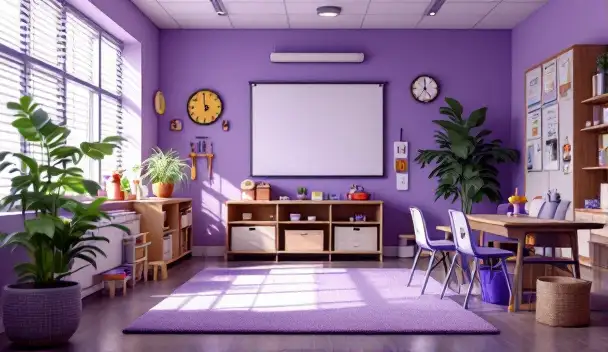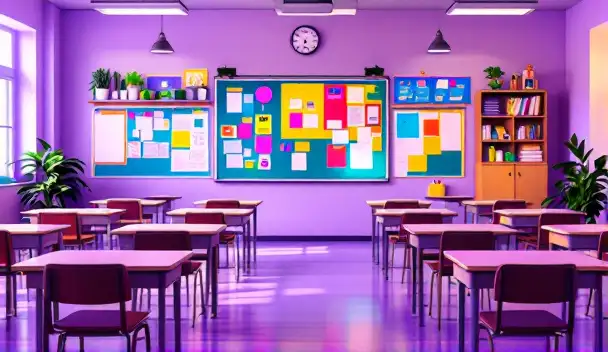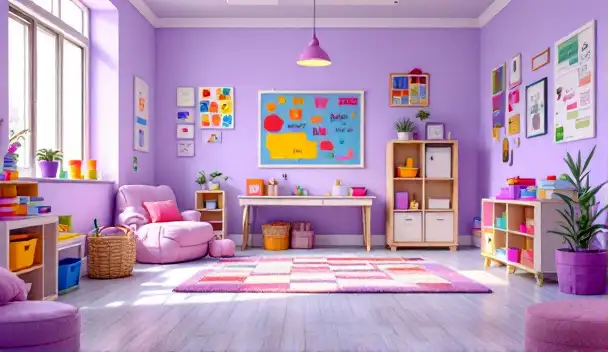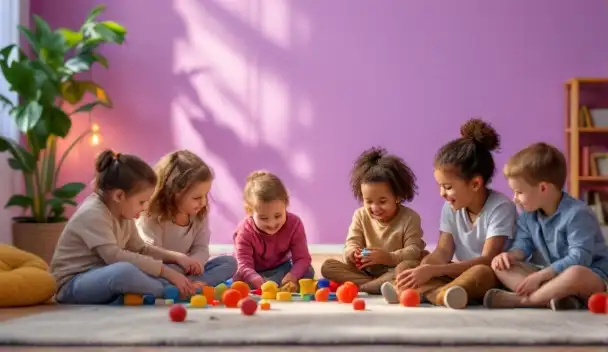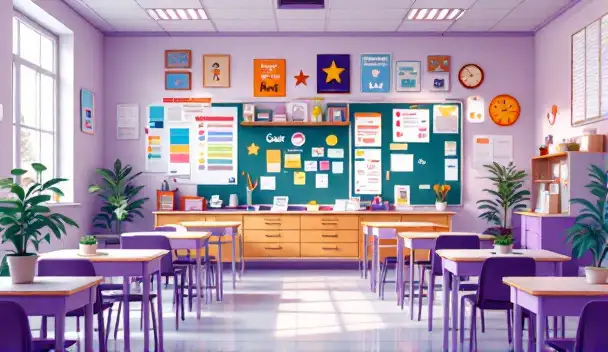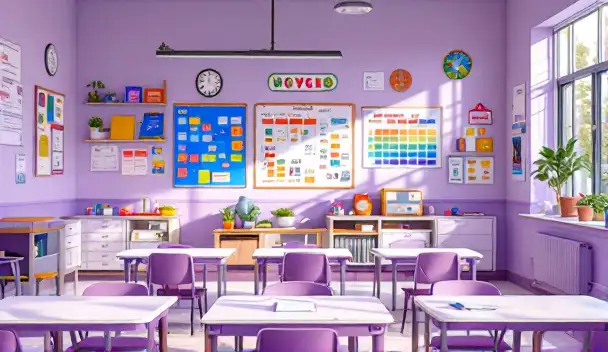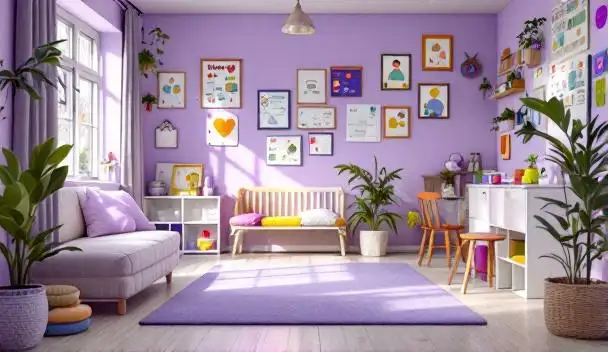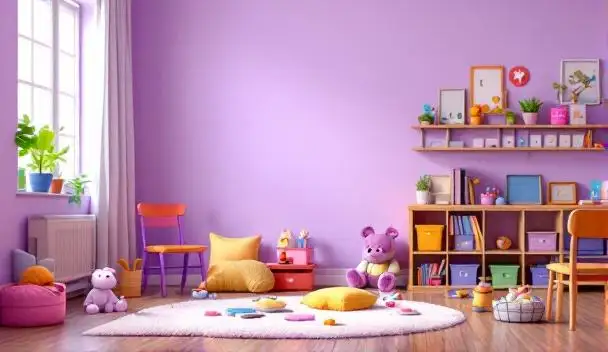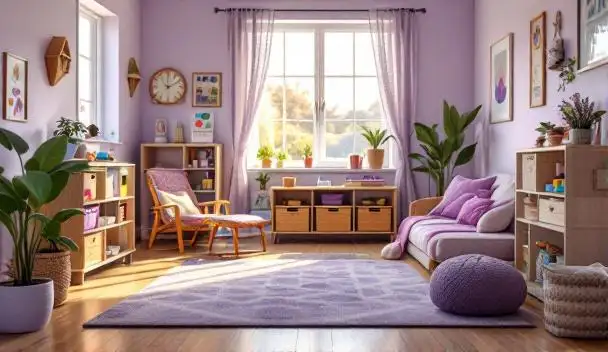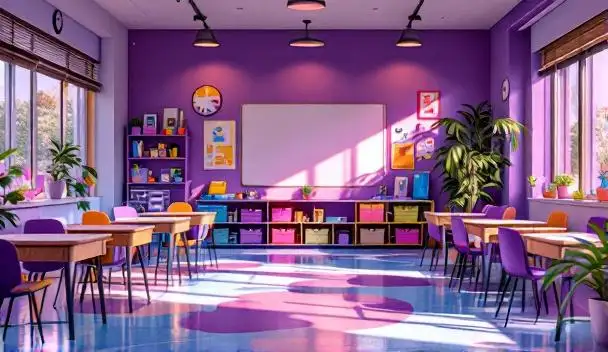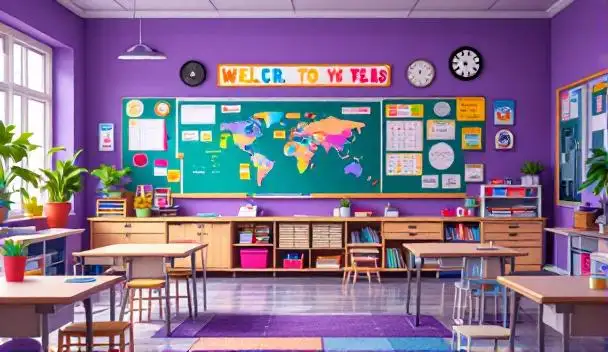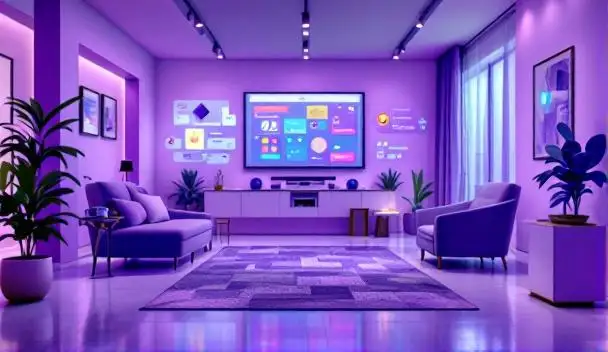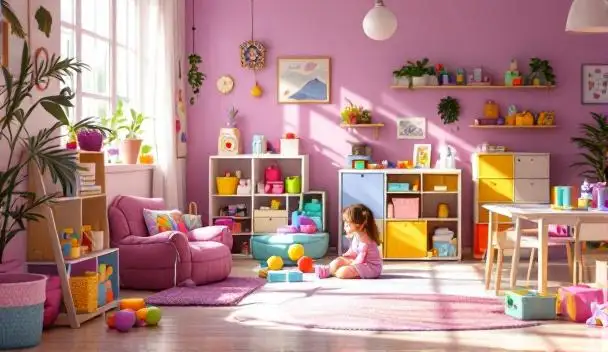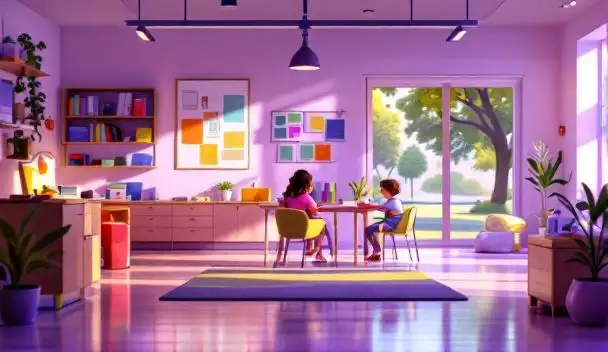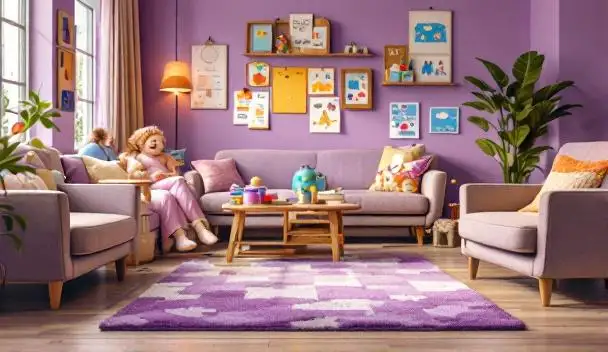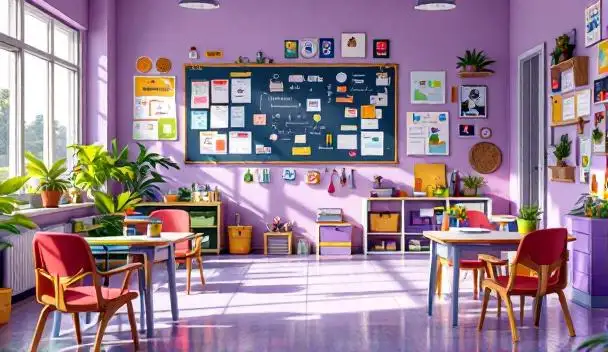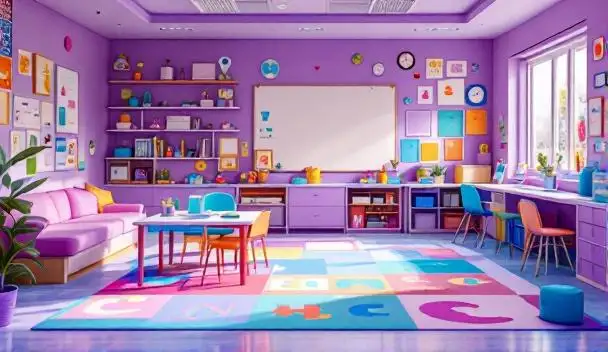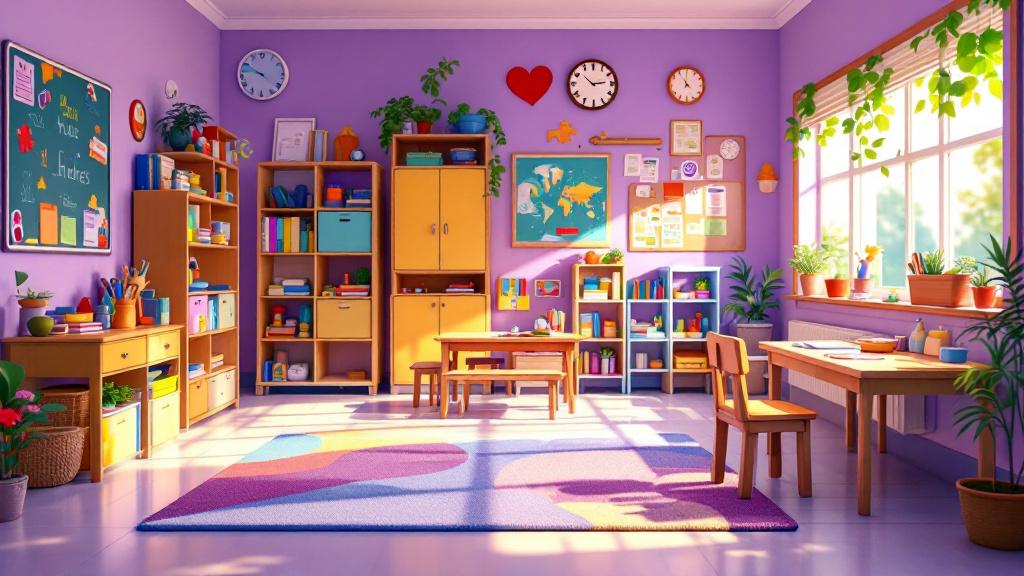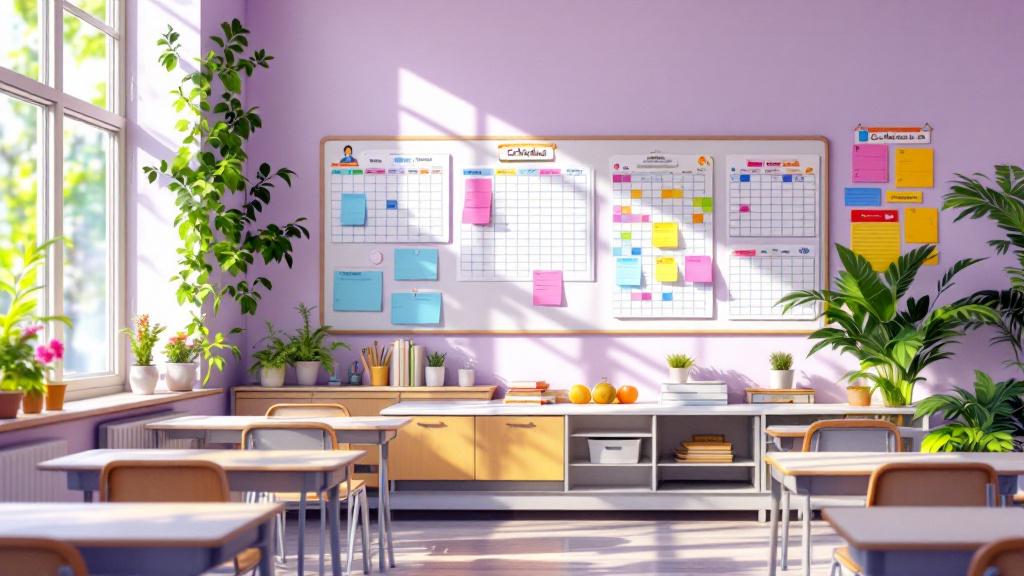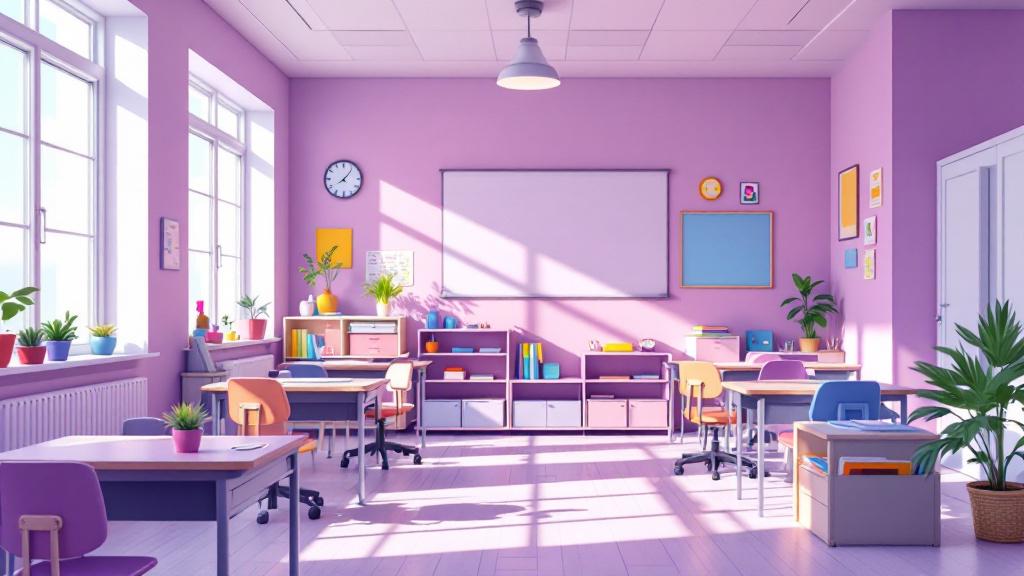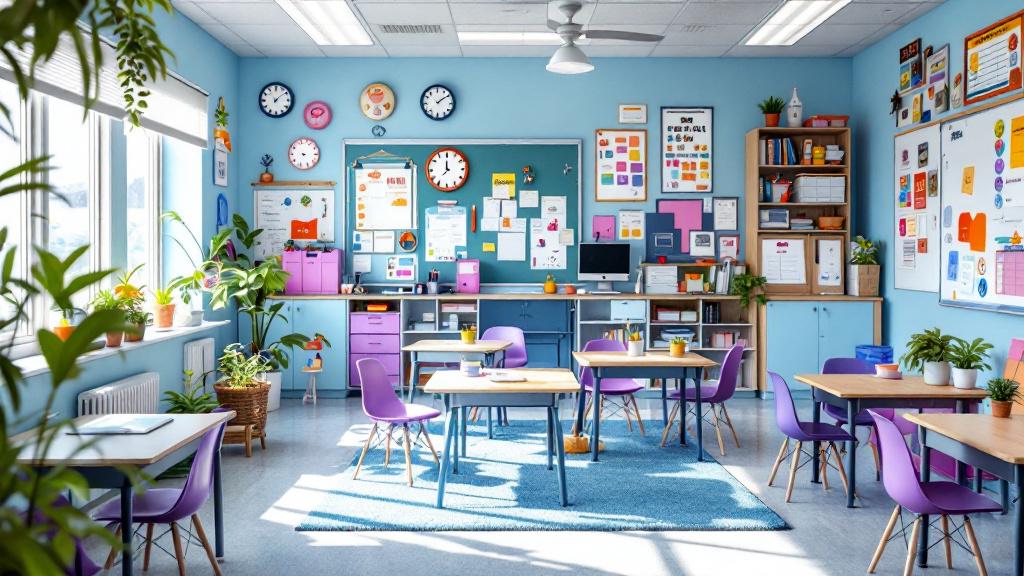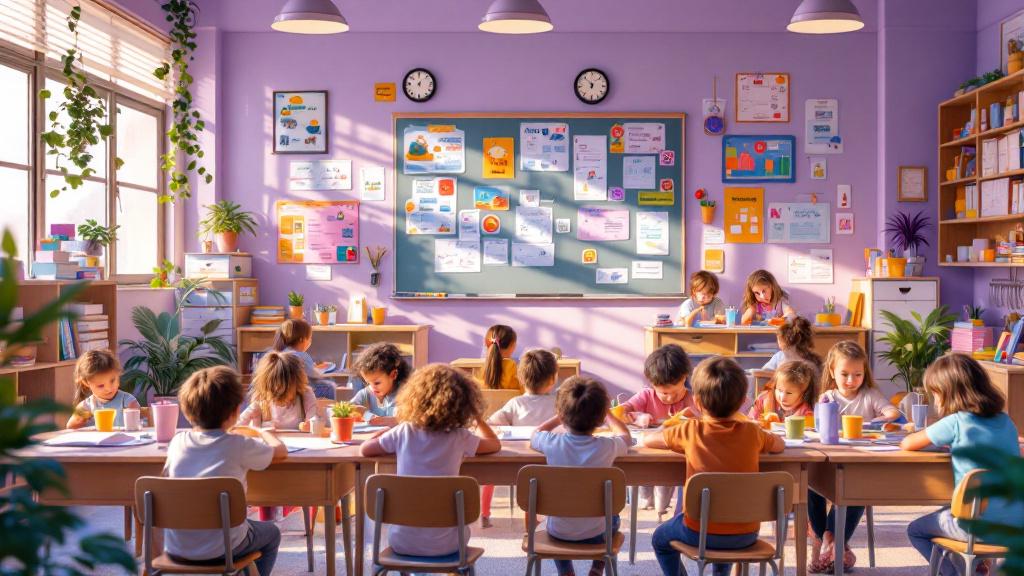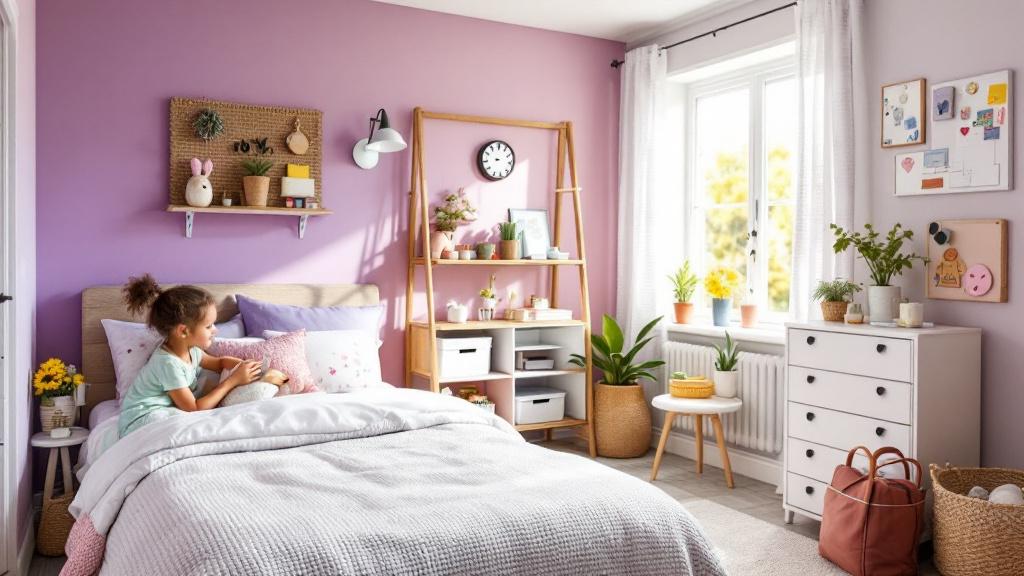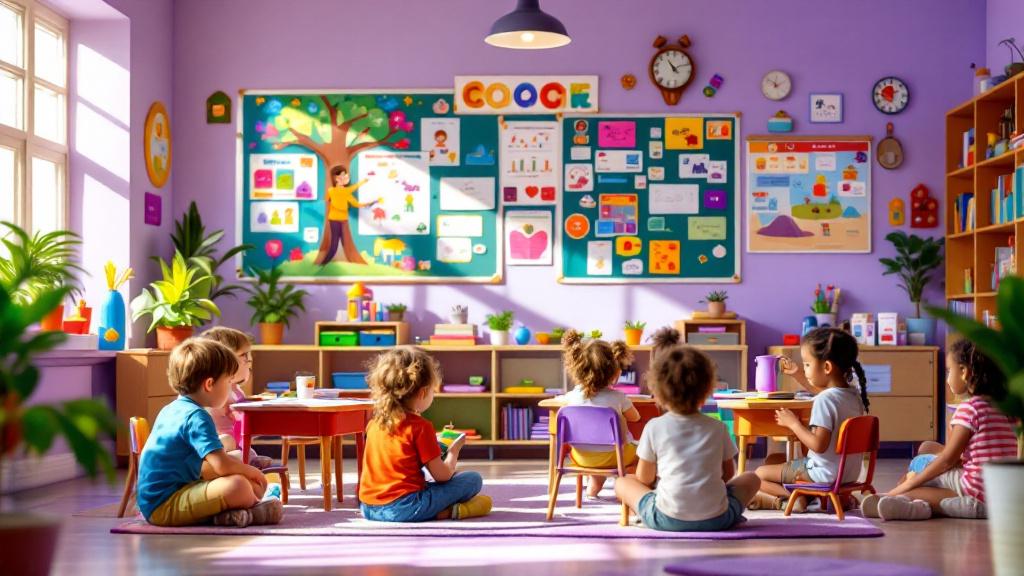Enhancing Learning and Behavior through Visual Strategies
In today's diverse classroom environments, creating effective visual supports is fundamental to fostering an inclusive, engaging, and successful learning experience. This article explores the significance of visual supports, their development, implementation, and the resources available to educators dedicated to supporting all students, particularly those with disabilities, language barriers, or behavioral needs.
The Importance and Benefits of Visual Supports in Education
Why are visual supports important in education?
Visual supports are fundamental tools in educational environments because they significantly improve communication, especially for students with speech, language, and communication challenges. They serve to make abstract ideas tangible, providing clear visual cues that help students understand expectations, routines, and classroom activities.
These supports foster inclusion by making learning accessible to all, including children with autism, developmental delays, or language barriers. Visual aids such as schedules, social stories, and communication posters help reduce anxiety and frustration, supporting smoother transitions and better behavior management.
Moreover, visual supports promote independence by allowing students to refer to visual cues instead of relying solely on verbal instructions. They also enhance social interactions, emotional regulation, and self-management skills. When used consistently and tailored to individual needs, these tools become reliable resources that students can depend on throughout their learning journey.
Overall, incorporating visual supports makes classrooms more organized, engaging, and supportive for diverse learners, ultimately leading to more meaningful participation and better educational outcomes.
How Visual Supports Foster Inclusion and Comprehension
How do visual supports promote participation and understanding among students with diverse learning needs?
Visual supports are a powerful tool in making learning environments more inclusive. They provide students with clear, consistent, and concrete visual cues that simplify complex, abstract ideas.
These supports act as alternative communication methods, helping children interpret instructions, understand social cues, and grasp classroom expectations more easily. This reduces feelings of confusion and lowers anxiety, encouraging students to participate actively.
Common visual supports include tools like visual schedules, social stories, and choice boards. These help structure daily activities, reinforce positive behaviors, and provide predictable routines that stabilize the learning experience.
Additionally, visual supports help students generalize skills across different environments such as home or community settings. This consistency strengthens understanding and promotes independence.
Research shows that visual supports enhance engagement, support language development, and help bridge communication gaps. They are especially effective for children with diverse learning needs, including those with autism, intellectual disabilities, or language delays.
By making learning more accessible and engaging, visual supports foster a more inclusive classroom where every student has the opportunity to succeed.
Strategies for Developing Effective Visual Supports
Creating effective visual supports requires careful planning and thoughtful execution. One of the most important strategies is designing visuals that are suitable for the child's age and developmental level. This includes developing visual schedules, first/then boards, and routine cues that are simple, clear, and easy to understand.
Using a diverse range of visual aids enhances communication and comprehension. Teachers can incorporate photographs, symbols, line drawings, tangible objects, and even technology-based visuals like digital icons to support various learning styles and needs.
Involving students in the creation of visual supports can increase their engagement and sense of ownership. When students participate in designing or selecting visuals, they better understand how to use them and feel more motivated to follow routines or expectations.
Integrating visuals consistently into daily routines, social skills lessons, and individual plans helps reinforce learning and independence. Visual schedules can depict the day’s activities, while social stories can prepare children for new experiences.
Effective use of visual supports also involves explicitly introducing their purpose, demonstrating how to use them, and regularly reviewing their relevance. Teachers should align visuals with curriculum goals and individual student needs, adjusting them as necessary.
Incorporating visuals for transitions, behavioral expectations, and learning targets reduces anxiety and misunderstandings. This fosters classroom order, promotes self-regulation, and supports students in becoming more independent learners.
Overall, successful development of visual supports depends on clarity, relevance, and active involvement of students, which together make learning more accessible and engaging.
Examples and Types of Visual Supports Used in Classrooms
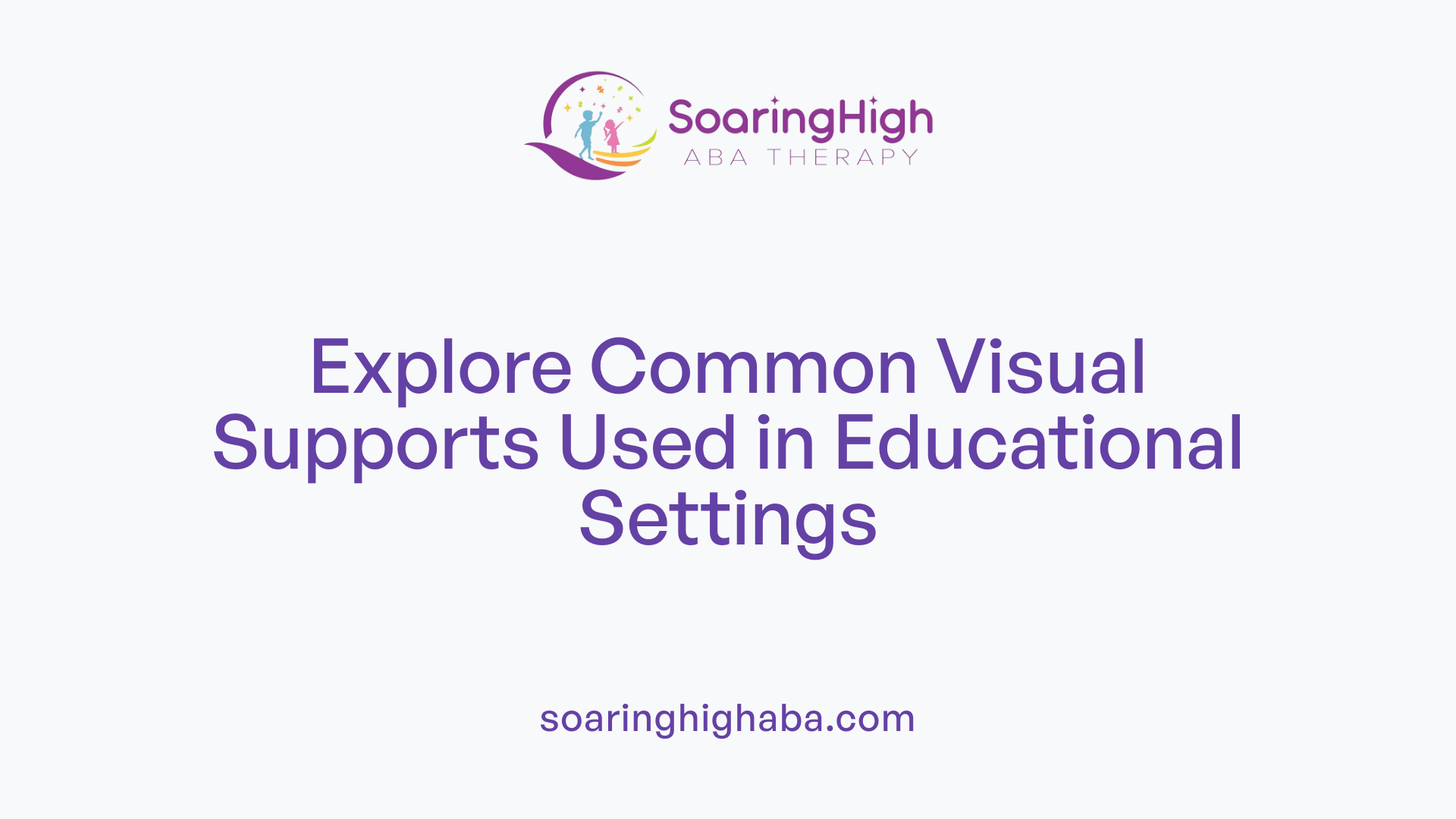
What are common examples of visual supports used in classrooms?
Students benefit greatly from various visual tools that help them understand routines, communicate, and stay organized. Some of the most common visuals include picture schedules, which outline daily activities with images or symbols. Social stories, which use visual narratives, prepare children for new or challenging situations.
Timers, whether digital or visual, help children grasp the concept of time and transitions. Communication aids like the Picture Exchange Communication System (PECS), speech-generating devices, and visual choice boards empower non-verbal or minimally verbal students to express themselves.
Additional visual supports include charts and graphic organizers that structure information and foster comprehension. Signage and visual cues around the classroom reinforce rules and expectations, creating a predictable environment. Behavior management tools such as first/then boards and token systems help guide appropriate behavior and motivate students.
Overall, these visual supports serve to make learning accessible, enhance independence, and improve communication skills in students with diverse needs.
Using Visual Supports to Maximize Classroom Management and Engagement
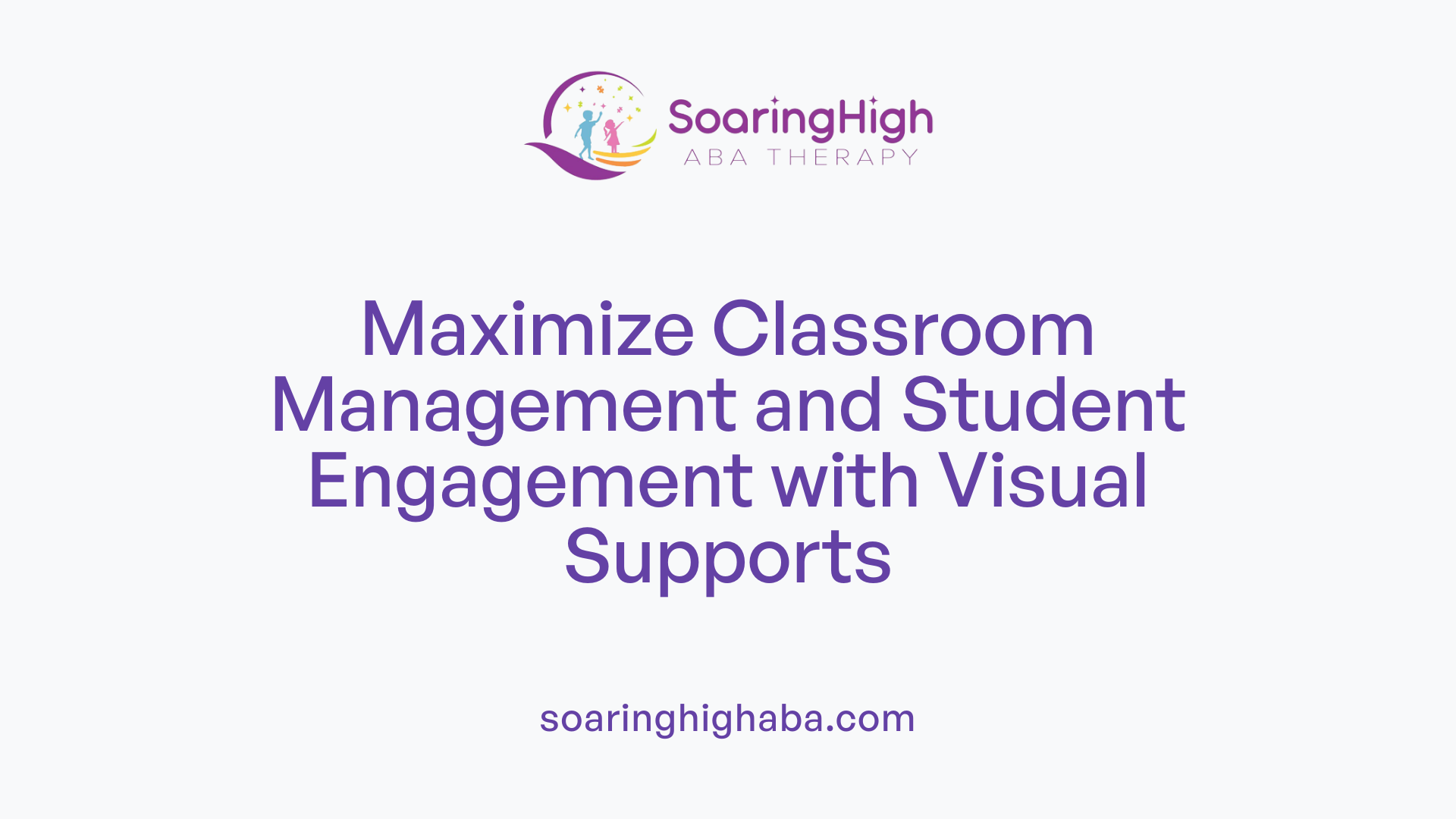
How can visual supports be used to improve classroom management and promote student engagement?
Visual supports are practical tools that significantly enhance classroom management and boost student involvement. They work by providing clear, visual cues that communicate routines, rules, and expectations, helping students understand what is expected of them throughout the day.
One of the main benefits of visual supports is that they facilitate smoother transitions between activities. For example, visual schedules or timers prepared with pictures or icons help students anticipate upcoming changes, reducing confusion and anxiety. This organization makes it easier for children to adapt to routines, especially for those with autism or language processing challenges.
Visual supports also help to reduce behavioral issues. When students understand routines and expectations visually, they are less likely to become distracted or act out due to uncertainty or frustration. Labels, signs, and social stories serve as constant visual reminders that reinforce what behaviors are appropriate at different times.
Furthermore, these tools promote active participation. With visual cues, students can independently follow instructions, select activities from choice boards, or communicate their needs more effectively. This increased autonomy fosters confidence and encourages children to take ownership of their learning.
Inclusion is another advantage. Visual supports cater to diverse learners, including English language learners and children with disabilities, by providing alternate means of understanding and communication. Integrating visuals like picture exchange communication systems (PECS), visual prompts, or emotion charts supports expressive and receptive language development.
A well-organized classroom environment with strategically placed visual supports creates a predictable setting, which benefits all learners. It encourages engagement, reduces off-task behavior, and nurtures a positive learning atmosphere where students can thrive independently.
For best results, incorporate visual supports thoughtfully—regularly update and customize them to meet individual student needs. Combining visual cues with verbal instructions and encouraging students to participate in creating these supports enhances understanding and buy-in, making the classroom a more inclusive and engaging space.
Choosing the Most Effective Visual Supports for Students with Disabilities and ELLs
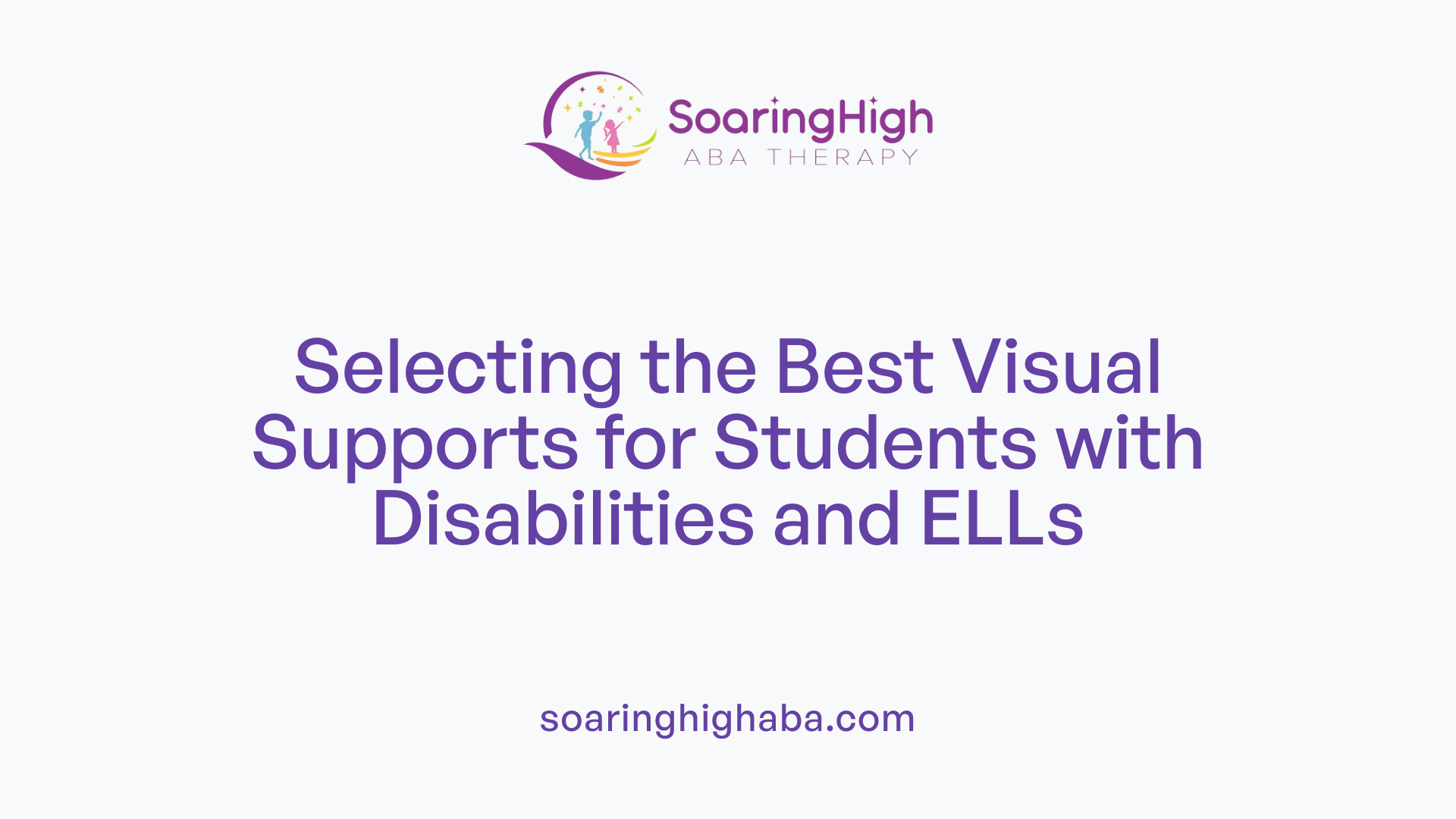
What types of visual supports are most effective for students with disabilities, including autism and English Language Learners?
Effective visual supports for students with disabilities, including autism and English Language Learners (ELLs), utilize a variety of tools that make routines, expectations, and social cues clearer. Commonly used supports include visual schedules, social stories, gesture cues, and vocabulary cards. These tools help students understand daily activities, classroom rules, and social interactions through visual means.
Visual schedules break down routines into simple steps using pictures or symbols, which can be printed or displayed digitally. Social stories use illustrations and clear narratives to teach social skills and appropriate behaviors. Gesture cues and visual prompts assist non-verbal or minimally verbal students in communicating effectively.
In addition, multimedia tools like videos or interactive images, as well as student-created visuals such as graphic organizers and personalized vocabulary cards, can boost engagement and aid learning. It is important that these visuals are culturally relevant, labeled in students' native languages when possible, and carefully designed to avoid clutter.
Research indicates that visuals which are purposeful, clear, and tailored to individual needs help increase understanding and reduce anxiety. When visuals are differentiated to reflect students’ backgrounds and experiences, they become more accessible, fostering independence and active participation across diverse learners.
Integrating Visual Supports into Daily Routines and Activities
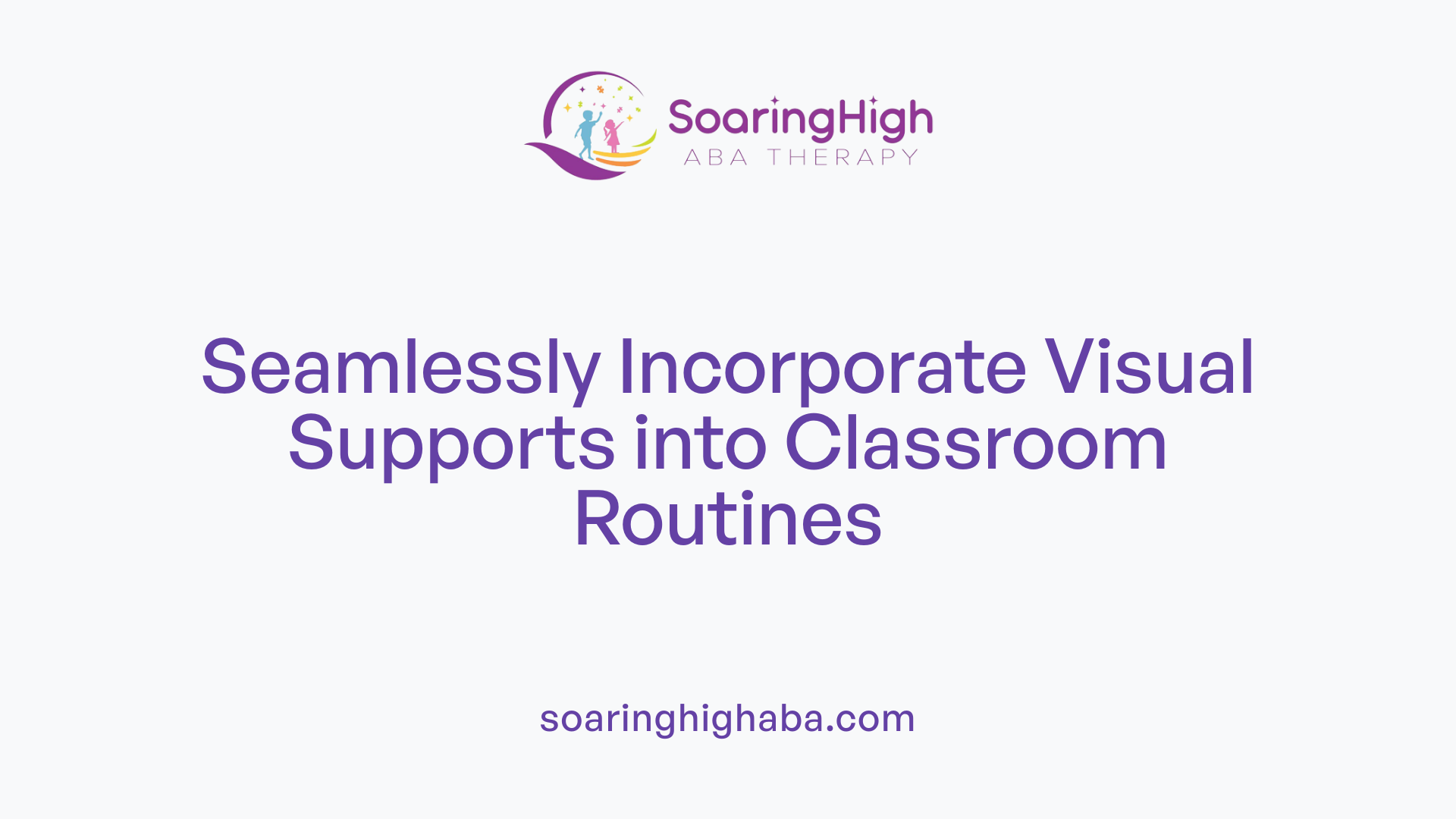
How can visual supports be integrated into daily classroom routines and activities?
Visual supports such as schedules, graphic organizers, and choice boards can be smoothly incorporated into the everyday classroom environment. These tools serve to clarify expectations, sequence activities, and assist students during transitions, making routines more predictable.
For example, visual schedules—comprising pictures or words—outline the day’s activities, helping students anticipate upcoming events and reduce anxiety. Sequencing strips break down complex tasks into manageable steps, promoting independence and success.
Involving students in creating or customizing these visuals encourages ownership and understanding. Placing visual supports in accessible locations around the classroom ensures they are readily available when needed.
Regularly reviewing and updating visuals based on student feedback or developmental changes helps maintain their relevance and effectiveness. This continuous adjustment creates a structured, engaging learning space conducive to social and academic growth.
Overall, thoughtful integration of visual supports into daily routines enhances clarity, consistency, and student confidence, especially for children with autism, language delays, or other learning challenges.
Resources and Templates for Creating Visual Supports
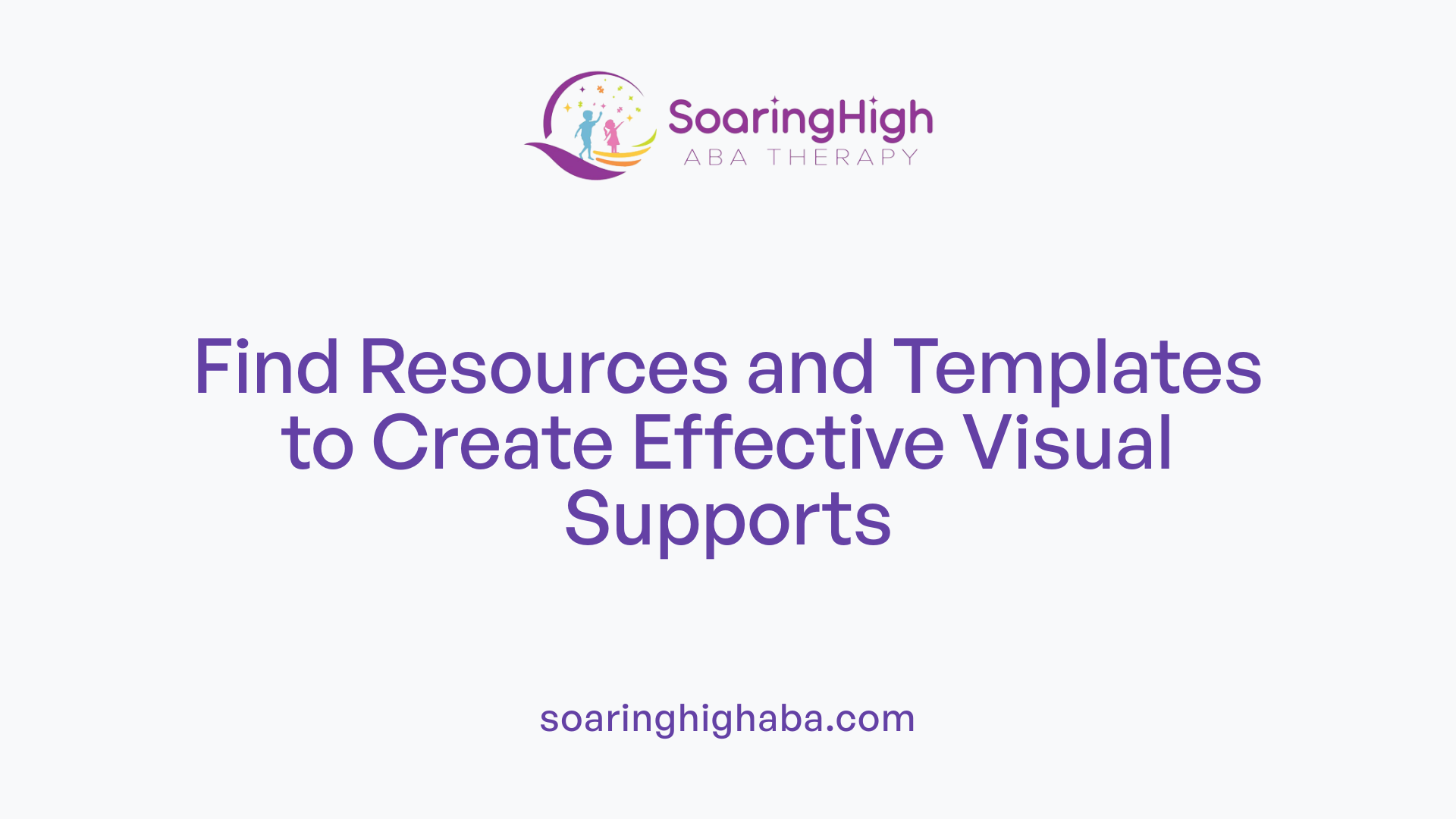 There are many accessible resources and templates designed to facilitate the development of effective visual supports in educational settings. Educators can find downloadable visual schedules, social stories, First/Then boards, and behavior cue cards on various websites, including educational organization portals and district resources like those provided by Portland Public Schools.
There are many accessible resources and templates designed to facilitate the development of effective visual supports in educational settings. Educators can find downloadable visual schedules, social stories, First/Then boards, and behavior cue cards on various websites, including educational organization portals and district resources like those provided by Portland Public Schools.
These templates typically come with guided instructions to help customize visuals based on individual student needs, whether for communication, routines, or transitions. Resources also include multimedia options, such as digital schedules and videos, which enhance engagement and comprehension.
Professional organizations like the National Association for the Education of Young Children (NAEYC) offer guidance and training workshops focused on evidence-based visual supports. Governments and educational agencies often provide checklists and external tools to ensure consistent and inclusive practices. These tools support teachers in maintaining visual supports that are purposeful, accessible, and adaptable.
Utilizing these templates and resources enables educators to create visual aids that foster independence, reduce anxiety, and enhance learning outcomes for all students, especially those with autism or other developmental challenges.
Fostering Success Through Visual Support Strategies
Implementing well-designed visual supports in the classroom is a proven, transformative approach that enhances understanding, promotes independence, and fosters inclusive participation for all students. By carefully selecting, developing, and integrating these tools into daily routines and instructional practices, educators can create a structured, engaging learning environment. The wealth of available resources, templates, and research-backed strategies empowers teachers to tailor visual supports to meet diverse needs, ultimately advancing student success and ensuring every learner has equitable access to quality education.
References
- Visual Supports Learning Links and Templates
- Designing for Success: Balancing Visual Stimuli in the Learning Enviro
- How Visual Supports Can Manage Student Behavior - CESA 6
- Making the Most of Visual Aids | Edutopia
- Visual Supports » Center for Autism and Related Disabilities »
- 6 Tips for Incorporating Visual Schedules in School
- Visual Supports in Special Education - TeachTown
- 8 Must Have Visual Supports - You Aut-A Know


